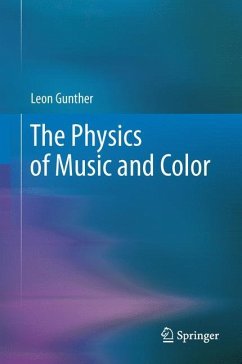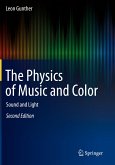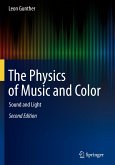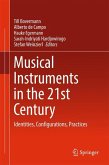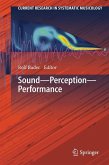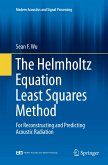The Physics of Music and Color deals with two subjects, music and color - sound and light in the physically objective sense - in a single volume. The basic underlying physical principles of the two subjects overlap greatly: both music and color are manifestations of wave phenomena, and commonalities exist as to the production, transmission, and detection of sound and light. This book aids readers in studying both subjects, which involve nearly the entire gamut of the fundamental laws of classical as well as modern physics. Where traditional introductory physics and courses are styled so that the basic principles are introduced first and are then applied wherever possible, this book is based on a motivational approach: it introduces a subject by demonstrating a set of related phenomena, challenging readers by calling for a physical basis for what is observed.
The Physics of Music and Color is written at level suitable for college students without any scientific background, requiring only simple algebra and a passing familiarity with trigonometry. It contains numerous problems at the end of each chapter that help the reader to fully grasp the subject.
The Physics of Music and Color is written at level suitable for college students without any scientific background, requiring only simple algebra and a passing familiarity with trigonometry. It contains numerous problems at the end of each chapter that help the reader to fully grasp the subject.

